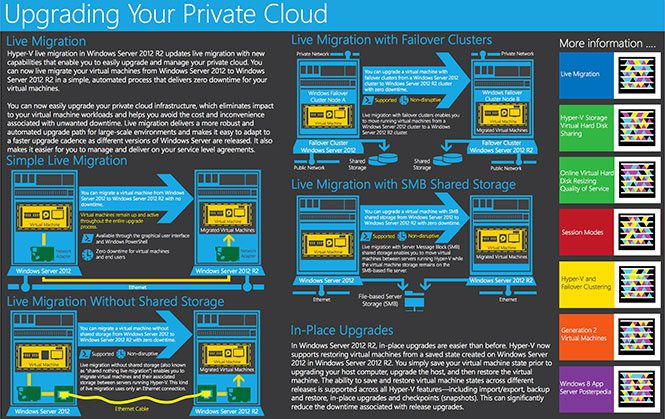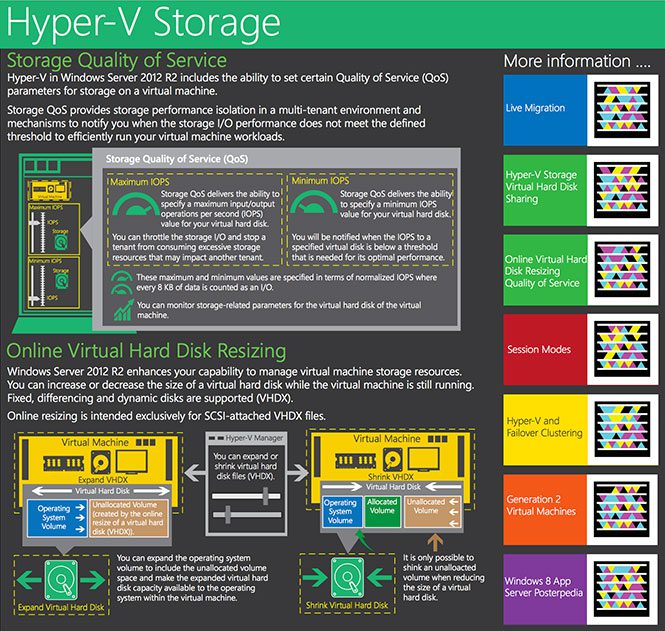Set Up Hyper-V on Windows 11 Pro

Discover how to unleash the power of virtualization with Hyper-V on Windows 11 Pro and revolutionize your computing experience!
Table of Contents
Introduction: What is Hyper-V on Windows 11 Pro?
Hey there, young tech enthusiast! Have you ever heard of Hyper-V? It might sound like something out of a science fiction movie, but it's actually a cool feature that you can use on your Windows 11 Pro Computer. Let me explain what Hyper-V is all about and why you might want to give it a try.
Imagine being able to create your very own virtual world inside your computer. Well, that's exactly what Hyper-V lets you do! It's like having a secret hidden space where you can run different versions of Windows or even try out other operating systems without messing up your real computer. How awesome is that?
So, if you're someone who loves exploring new things and wants to learn more about computers, Hyper-V on Windows 11 Pro is definitely something you'll want to check out. It's like having a superpower that lets you play around with technology in a safe and fun way. Exciting, right?
What You Need Before Setting Up Hyper-V
Before diving into the exciting world of Hyper-V on your Windows 11 Pro PC, there are a few things you need to make sure you have in place. Let's check them out!
Checking Your PC
First things first, you need to ensure that your Windows PC meets the requirements to run Hyper-V. Not all computers can handle this cool feature, so it's essential to check if your PC is up to the task. If your PC is running Windows 10 or newer, you're on the right track!
Windows 11 Pro
Having Windows 11 Pro installed on your PC is crucial for setting up Hyper-V. This special version of Windows 11 includes all the features and tools you need to create and manage Virtual machines effortlessly. Make sure you have Windows 11 Pro and not any other version of Windows 11 to make the most out of Hyper-V.
Steps to Enable Hyper-V in Windows 11 Pro
Are you ready to dive into the world of virtual machines on your Windows 11 Pro PC? Let's walk through the fun and easy steps to enable Hyper-V, a built-in feature that allows you to run multiple Operating systems on your computer simultaneously.

Image courtesy of via Google Images
Turning on Features
First, we need to find and turn on Hyper-V in the Windows Features menu. Here's how you can do it:
- Click on the Start menu and type "Windows Features" in the search bar.
- Open the "Turn Windows features on or off" option that appears.
- Look for "Hyper-V" in the list of features and check the box next to it.
- Click on "OK" and let Windows apply the changes.
Restarting Your PC
After turning on the Hyper-V feature, it's essential to restart your PC. During the restart, Windows will finalize the changes and prepare your computer to start using Hyper-V. Don't worry, it's a quick process, and your PC will be ready to go in no time!
With these simple steps, you've successfully enabled Hyper-V on your Windows 11 Pro PC. Now you're all set to create your first virtual machine and explore the endless possibilities of running multiple operating systems on a single device!
Creating Your First Virtual Machine
So, you've set up Hyper-V on your Windows 11 Pro machine, and now it's time to create your first virtual machine! Think of it as building your own computer inside your computer - pretty cool, right? Let's dive into the steps to bring this virtual marvel to life.
The Hyper-V Manager
First things first, you need to open the Hyper-V Manager. This tool is like your control center for creating and managing virtual machines. You can think of it as your virtual workshop where all the magic happens.
| Step | Description |
|---|---|
| 1 | Open Control Panel |
| 2 | Select "Programs" and then "Turn Windows features on or off" |
| 3 | Check the box next to "Hyper-V" and click "OK" |
| 4 | Restart your computer to apply the changes |
| 5 | Open Hyper-V Manager from the Start menu to start setting up virtual machines |
Making a New Machine
Now that you're in the Hyper-V Manager, it's time to create your virtual machine. Don't worry, it's much simpler than it sounds. Just follow these steps:
- Click on "Action" in the menu bar.
- Select "New" and then "Virtual Machine."
- Follow the wizard that pops up to set up your new virtual machine. You'll need to choose things like how much memory it has and where to install the operating system.
- Once you've gone through all the steps, click "Finish" and watch as your virtual machine is created.
And that's it - you've successfully created your first virtual machine! Now you can explore and experiment with this virtual world that you've brought to life.
Using Your Virtual Machine
Now that you have set up Hyper-V on your Windows PC, it's time to explore the exciting world of virtual machines! Let's dive into how you can make the most out of your new virtual machine.

Image courtesy of via Google Images
Starting Your Virtual Machine
To begin using your virtual machine, open the Hyper-V Manager tool on your Windows PC. Locate the virtual machine you created and select it. Then, click on the "Start" button to power on your virtual machine. Watch as it boots up just like a real computer!
What Can You Do
Once your virtual machine is up and running, you can do all sorts of fun things with it. You can install new software, explore different operating systems, practice coding, or even play around with network settings. It's like having a sandbox to experiment with technology without any risk to your actual computer!
Conclusion: Let's Review What We Learned
So, after all that fun and excitement of setting up Hyper-V on Windows 11 Pro, let's take a moment to review what we've learned. Remember, Hyper-V is like having a magic box inside your computer that lets you create other computers, called virtual machines, to play around with!
First, we made sure our Windows PC was up to the task by checking if it could run Hyper-V. Then, we made sure we had the right Windows 11 Pro version. Without it, we wouldn't be able to do any of this cool virtual stuff!
Next, we walked through the steps to enable Hyper-V in Windows 11 Pro. We turned on the necessary features and even had to restart our PC to make it all work. Kind of like flipping a switch to turn on a light!
After that, we jumped into creating our first virtual machine using the Hyper-V Manager. It was like building a new computer inside our real one—a computerception, if you will! We followed the steps and soon had our virtual machine up and running.
Once our virtual machine was alive, we explored what cool things we can do with it. We started it up, just like turning on a video game console, and then had fun doing a bunch of neat stuff inside our virtual Windows world.
So, there you have it! We've learned how to set up Hyper-V on Windows 11 Pro and create our very own virtual machines. Now, the possibilities are endless, and you can explore, learn, and have a blast with your virtual creations. Happy experimenting!
FAQs: Your Questions Answered
Can I play games on my virtual machine?
Yes, you can play some games on your virtual machine, but there are some limitations. Virtual machines are not as powerful as a regular computer, so it may not run all games smoothly. Simple games or older games might work fine, but newer and more advanced games may not perform as well. Remember, virtual machines are mainly designed for testing software, learning about different operating systems, or running specific programs.
Why do I need Windows 11 Pro for Hyper-V?
Windows 11 Pro is important for Hyper-V because it comes with extra features and tools that regular versions of Windows 11 don't have. Hyper-V, which is Microsoft's virtualization technology, is included in Windows 11 Pro to allow you to create and run virtual machines. If you want to have the ability to use Hyper-V and have more control over your virtual environment, Windows 11 Pro is the version you need.


